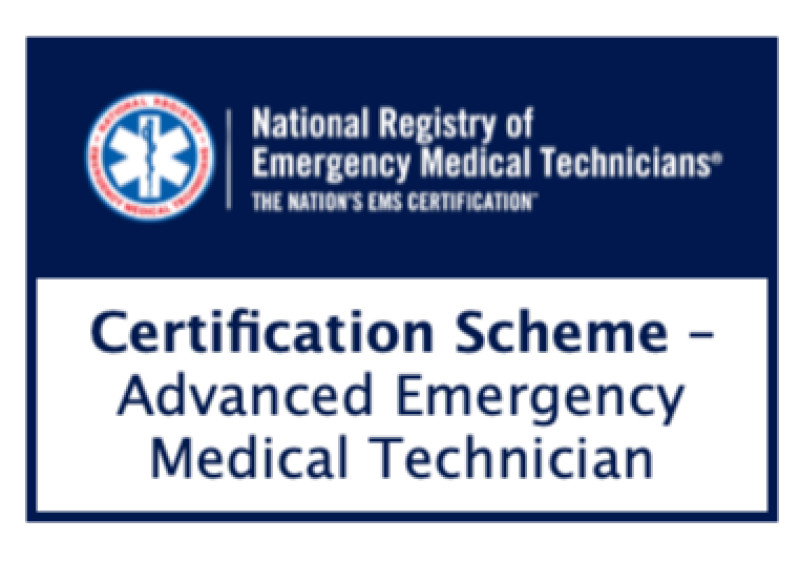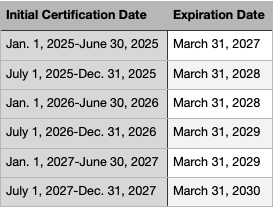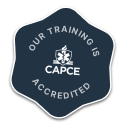
Intro
The first step in most people’s EMS careers is to become certified as an EMT-Basic (traditionally referred to as EMT or EMT-B). Some choose to stay as a career basic, and some move on to become a paramedic. What if you want to continue to learn and advance as a provider but aren’t ready for paramedic school? Then the EMT-Advanced (AEMT) certification may be for you! This article will briefly discuss what an AEMT does, how you become one, how you stay one, and some other information regarding this certification.
AEMT Description
The Nationally registered AEMT (NRAEMT) is a nationally recognized certification through the National Registry of Emergency Medical Technicians with a scope similar to that of an NREMT. It includes all the skills of the EMT-B with the addition of a few extra medications and treatments. The full scope of the AEMT may vary depending on local protocols. The national registry states it as follows, “[The NRAEMT will] perform focused advanced skills and pharmacological interventions that are engineered to mitigate specific life-threatening conditions, medical, and psychological conditions with a targeted set of skills beyond the level of an EMT1.”
These providers may operate in both the hospital and prehospital settings. In some areas, they may work as “community EMS providers,” where they visit people in their homes, make observations, and determine if the patient requires a higher level of care. AEMTs can play a crucial role in a team setting and as lead providers.
Prerequisites
The following outlines the education requirements to attain NRAEMT certification1:
- Hold a valid EMT-B certification
- Successful completion of a state-approved AEMT course within 2 years from the start date with verification from the Program Director
- Must meet the state-approved Student Minimum Competencies (SMC) or CoAEMSP Recommended Student Minimum Competency Matrix.
- Completed NRAEMT certification application
The national registry will then make that provider eligible to take the national registry AEMT written exam. If the provider passes that exam, they are certified as an AEMT
State Licensure to National Certification
If you currently hold state licensure but are seeing national certification, you will need the following to test for national certification:
- Valid and active AEMT state licensure or higher (or that which is recognized as equivalent per state guidelines)
- Completion of the required 25 hours of continuing education per the national component of the National Continued Competency Program (NCCP) within the last 2 years
- Application and payment
What if my certification has lapsed?
This is treated similarly to those who hold state, but not national, licensure. The two primary differences are that the candidate must complete all 60 hours of continuing education per the NCCP model, as well as a skill evaluation per NREMT guidelines1.
How long is my EMT certification valid?
Once again, the answer is 2 years. However, there is a caveat - all NREMT certifications expire on March 31st, 2 years following your date of certification completion1.
If you completed your certification between July 1st and December 31st, your licensure will be valid until March 31st, three years in the future1. See our helpful chart below:

Recertification:
Now we move on to recertification if someone wants to continue to practice as an NRAEMT beyond those first 2 years. There are 2 ways to complete recertification, which need to be completed BEFORE your certification expiration date (see table above or your NREMT card).
Method 1: Continuing Education (most popular method)
The continuing education (CE) requirement for NRAEMT recertification consists of 50 credits, all of which must be State EMS Office or CAPCE-approved. The following shows the breakdown of these CE credits:
- 25 Credits for the aforementioned National Continued Competency Program (NCCP)
- 12.5 Credits that satisfy the Local requirement for the NCCP
- 12.5 Credits that satisfy the Individual requirement for the NCCP
This means that you’ll need to complete 50 hours of continuing education between your initial certification and expiration dates. Many things can count as continuing education, including applicable college courses and CAPCE-accredited continuing education classes, such as those offered by EMT-CE!
If that sounds like a lot to navigate and manage, our recertification bundles are specifically designed to meet all of the NREMT’s standards, which makes it really simple!
Method 2: Examination
The other option for valid recertification is successful completion after the FIRST attempt at the National Registry EMT cognitive exam within one year of certification expiration.
After one of these methods of recertification has been completed, the candidate must pay the required fees and paperwork.
The final step is required for any candidate seeking “ACTIVE” provider status. A local “Training Officer” must verify the candidate meets the knowledge and skills required by an NRAEMT.
NOTE:
All individuals seeking EMS certification must adhere to all components of the Code of Conduct set forth by the NREMT.
Next Steps
If you are studying to become an NRAEMT, visit EMTprep.com for study guides, flashcards, videos, interactive exercises, and practice quizzes! If you follow our recommended study path using our “Readiness Score,” we guarantee you will pass the NREMT!
If you’re already certified and looking for those continuing education hours, EMT-CE.com has you covered! We have everything you need to meet your national AND state recertification requirements.
For the full policy, check out the NREMT's "Certification Scheme – Advanced Emergency Medical Technician."
- Dozens of courses and topics
- State-specific requirements
- We report to CAPCE in real time


